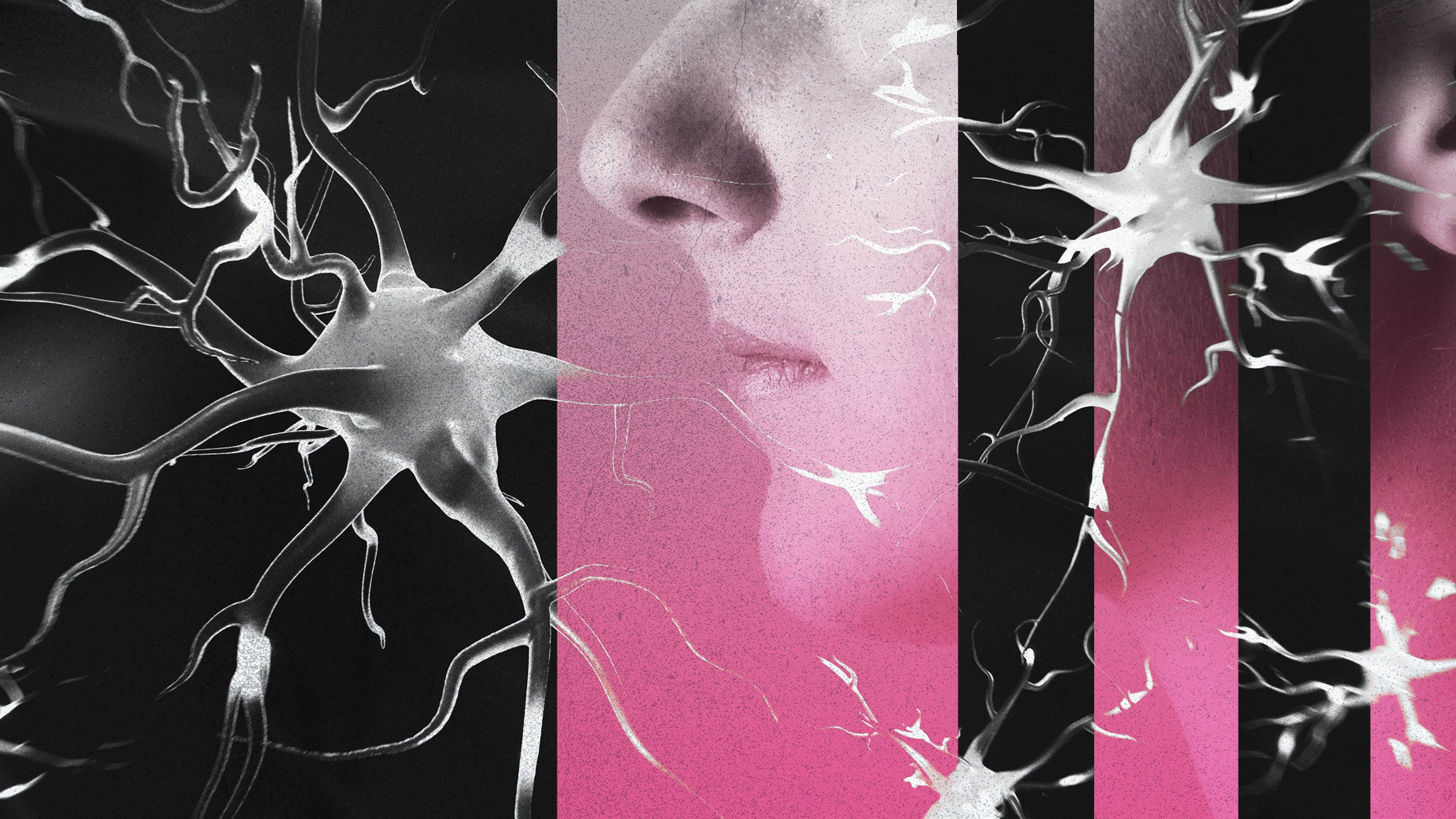A Key to Detecting Brain Disease Earlier Than Ever
Recent advancements in medical technology have paved the way for earlier detection of brain diseases, giving doctors a crucial advantage in treating patients before irreversible damage occurs. One key tool in this fight against brain diseases is neuroimaging, which allows doctors to visualize the brain and detect abnormalities that may indicate the presence of a disease.
Neuroimaging techniques such as Magnetic Resonance Imaging (MRI) and Positron Emission Tomography (PET) scans can provide detailed images of the brain’s structure and function, allowing doctors to identify signs of diseases such as Alzheimer’s, Parkinson’s, and multiple sclerosis at earlier stages than ever before.
Early detection of brain diseases is crucial for providing timely and effective treatment, as many of these conditions can progress rapidly if left untreated. By using neuroimaging techniques to detect these diseases in their early stages, doctors can intervene sooner and potentially slow or halt the progression of the disease.
Furthermore, advancements in artificial intelligence and machine learning are enhancing the capabilities of neuroimaging techniques, allowing for more accurate and efficient analysis of brain images. This can help doctors make more informed decisions about diagnosis and treatment, ultimately improving outcomes for patients with brain diseases.
Overall, the use of neuroimaging techniques in the early detection of brain diseases represents a significant step forward in the field of neurology. By leveraging these technologies, doctors can detect and treat brain diseases earlier than ever before, giving patients the best possible chance for a positive outcome.
